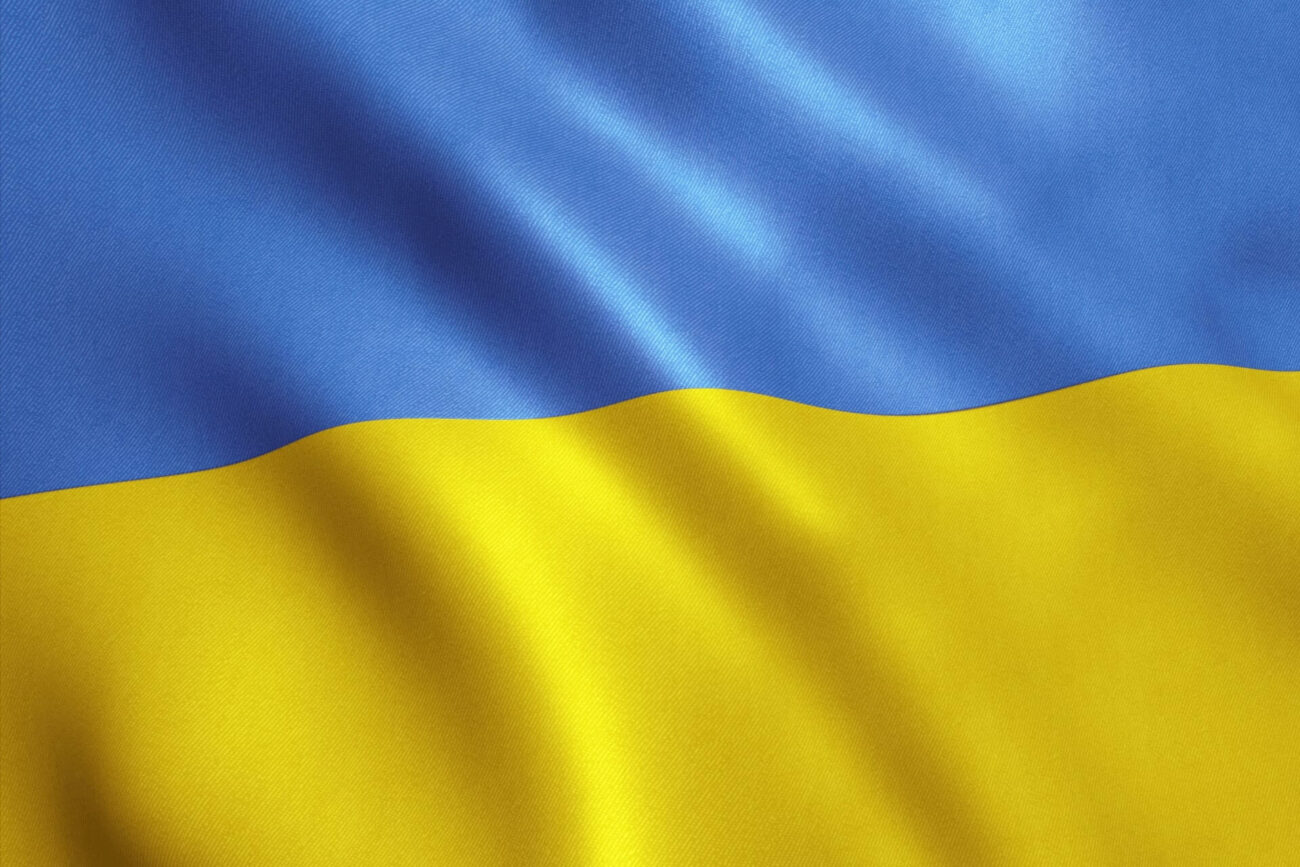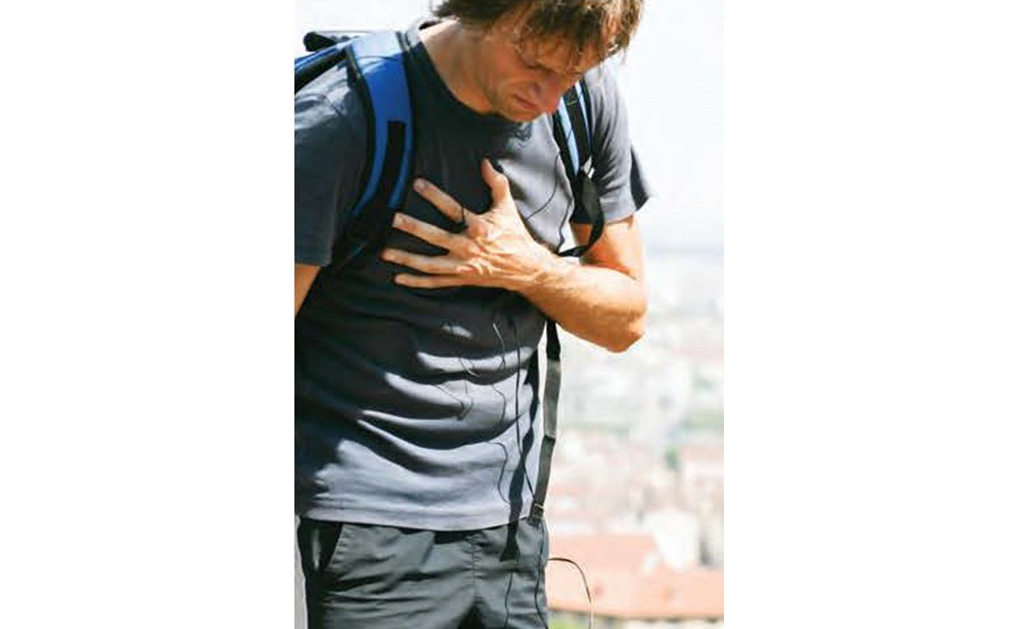Primary spontaneous pneumothorax (PSP)
Primary spontaneous pneumothorax (PSP) refers to a pneumothorax, or collapsed lung, in someone without a known lung condition. This factsheet will provide more information on PSP, its symptoms and the groups of people most at risk of experiencing one. It will also cover the diagnosis of PSP, the different forms of treatment and the likelihood of having another collapsed lung in the future.
What is primary spontaneous pneumothorax (PSP)?
A pneumothorax refers to a collapse of one or both of the lungs caused by air entering the pleural cavity. The pleural cavity is the space between the pleura, two layers of tissue that line and surround your lungs. ‘Primary’ refers to the fact that there is no known underlying condition, and ‘spontaneous’ refers to the fact that there is no known reason. Primary spontaneous pneumothorax (PSP) therefore refers to the first episode of a pneumothorax, or collapsed lung, in someone without a lung condition.
Who is most likely to have a PSP?
Young (aged between 15 and 34 years) people are most likely to experience PSP. Studies have also shown that tall, slim people are most likely to have PSP. Smoking tobacco and/or marijuana puts you at significantly higher risk of experiencing PSP, and it also increases the chances of your lung collapsing again. There is also a form of PSP called catamenial pneumothorax, which can occur in women of childbearing age. The symptoms are similar to regular PSP, but tend to have a cyclical pattern associated with menstrual periods. This is thought to be related to small amounts of tissue from the lining of the womb migrating and implanting in the pleura.
What are the main symptoms of PSP?
Sudden chest pain is the most common symptom people experience if they have a PSP. Sometimes the pain can get worse with breathing. Some people, but not all, also have difficulty with breathing. Some people will also cough, and some will have shoulder pain, or sharp pain between the shoulder blades. In most people, these symptoms do not last for long and it is very rare that they will worsen.
What are blebs and bullae?
Blebs and/or bullae are often found in people with PSP. Blebs are small air-filled blisters that can form on the surface of your lung. Bullae (or bulla, singular) are pockets of air that can form within the lung tissue. Some experts suspect that PSP could be brought on by blebs and bullae bursting and releasing air into the pleural cavity. More research is being done in this area.
How is PSP diagnosed?
PSP is normally diagnosed through a simple chest X-ray, although your healthcare professional may also be able to tell that you have had a PSP by listening to your chest. In some cases, you may be given a computerised tomography (CT) scan if your healthcare professional needs more detailed images of your lungs.
How is PSP treated?
There are a number of ways to treat PSP, depending on your circumstances and where you live.
Observation
It is possible to live comfortably with air in your pleural cavity for a reasonable period of time. Therefore, you may not require any significant treatment immediately after your PSP. Once you are in the hospital, your healthcare professional will examine you and, if necessary, give you oxygen to help with your breathlessness, and treat your pain with medication.
It is likely that, once your symptoms pass, you will either be kept in the hospital for a short period of time so that your doctor can check you will be OK (observation), or you may be sent home and told to get in contact if you have further symptoms, such as chest pain and breathlessness. Your healthcare professional will follow-up with you in the next few days to check on your lung health, and may also offer you a new chest X-ray to ensure the PSP has reduced or resolved.
“I was sitting down when I felt chest pain and started to find breathing difficult. I had a chest X-ray which showed that I had had a PSP on my left lung. I was given oxygen for about 2 minutes and was treated for the pain, and was kept in the hospital for 4 or 5 hours for observations. I haven’t had any symptoms since.”
Linda, France, who had PSP when she was 24 years old.
Removing air from the cavity
If your healthcare professional deems you at particular risk of having your lung collapse again, or if they feel your PSP compromises your breathing, it is likely that they will suggest one of several procedures to release any air from the pleural cavity.
Needle aspiration
When you have needle aspiration, a thin tube is inserted into your chest after the area is numbed with local anaesthetic, and the air in your pleural cavity is drawn out through a syringe. The procedure can be done on an outpatient basis (you will not have to stay in hospital overnight) and takes around 30 minutes. Once the needle aspiration has been carried out, your healthcare professional will take a chest X-ray to check whether the procedure has been successful. If so, you should be able to go home and your healthcare professional will follow-up with you at an outpatient appointment.
“Needle aspiration wasn’t particularly difficult to undergo. The one thing that would have been helpful to know about is the feeling when your lung re-inflates – I started coughing uncontrollably which was quite alarming, but it only lasted for a few minutes.”
Maria, UK, who first had PSP in her early twenties, and has since had recurrent episodes before having an open thoracotomy.
Inserting a chest drain
A chest drain involves having a tube inserted into your chest to drain the air out of your pleural cavity. Your skin will be numbed with local anaesthetic and you will be given some further pain relief or medication to relax you – you can ask for this if it is not offered. It should usually be possible to use a thin tube.
After insertion, the tube is secured in place with a small stitch and attached either to a water-seal drain, or to a valve. Both allow air to leave but not enter back into the pleural cavity, and this allows your lung to re-expand.
Some hospitals use a device known as an ambulatory device, which has a small tube already combined with a valve.
It is possible to go home when you have a valve, but when you have a water-seal type chest drain you may need to stay in hospital overnight. It can sometimes take several days for the lung to fully re-expand. When the chest drain is removed, the stich used to secure the tube is used to close the tiny wound left.
Preventing your lung from collapsing again
Pleurodesis
Pleurodesis is a procedure that aims to stick the pleura together to prevent your lung from collapsing again. This can be done chemically or mechanically.
Chemical pleurodesis involves applying a chemical irritant (usually talc) to the pleural cavity via the chest drain, which causes the two layers of tissue to stick together.
There are also surgical approaches like pleurectomy or pleural abrasion (mechanical pleurodesis). A pleurectomy is a procedure during which the surgeon will strip the lining between the lung and the chest wall so that the lung sticks to the chest wall, preventing further lung collapse.
In pleural abrasion, the surgeon gently rubs the pleura with a piece of gauze. This roughens up the pleura so that when it heals, the lung will stick to the chest wall. This can either be done via thoracoscopy (a keyhole operation using a small camera) or by surgery
Video-assisted thoracic surgery
Video-assisted thoracic surgery (VATS) is a relatively non-invasive, keyhole operation performed under general anaesthesia. It involves a thin, tube-like instrument with a camera on the end (called a thoracoscope) being inserted into a small cut in your chest.
The procedure involves removal of bullae, followed by pleurodesis. VATS generally requires a short hospital stay and, as it is a keyhole surgery, should only result in minimal scarring to the skin.
Open thoracotomy
Open thoracotomy is now used much less commonly as a surgical treatment for PSP than VATS. It requires surgical opening of the chest wall, which is usually performed under the arm. Like VATS, open thoracotomy involves removal of bullae, followed by pleurodesis. In the long term, some people may have ongoing or occasional pain after a VATS or open thoracotomy operation.
Treatment of catamenial pneumothorax
Catamenial pneumothorax needs to be treated by a team of different healthcare professionals, including experts in lung health and experts in female reproductive health. Treatment may involve the surgery described above, hormonal treatment, or both.
“PSP has not changed my life too drastically: I have been cycling ever since, but maybe a bit more slowly and not up such steep hills. Even though my lung cannot really collapse any more, I still get episodes where it tries to, which can be quite painful. I get slight pain about once or twice a month and severe pain about once a year, but hot water bottles and hot showers help a lot. I am careful with certain movements, and try to avoid flying, because it tends to increase my symptoms.”
Maria, UK, who first had PSP in her early twenties, and has since had recurrent episodes before having an open thoracotomy
Will I experience another pneumothorax?
Around 30% of people who have a PSP experience further episodes of their lung collapsing. Smoking tobacco and/or marijuana puts you at a significantly higher risk. If you smoke, your healthcare professional will strongly advise you to quit after an episode of PSP. If your lung collapses again, it is likely that your healthcare professional will suggest draining the air from your pleural cavity or treating you with medical thoracoscopy or surgery to stop this recurring.
Should I make changes to my lifestyle following my PSP?
The majority of people who experience PSP recover completely and are able to lead a normal, physically active life.
However, you should consider the following:
- People who have had PSP should avoid deep diving, because the variation of levels of pressure might put you in danger of becoming out of breath.
- If you have PSP, you should not fly without having the air drained from your pleural cavity, again due to varying levels of pressure.
- If you regularly dive or fly – e.g. you work for an airline as a pilot or cabin crew, or are a professional diver – it is more likely that you will need to request specialist input and may have a pleurodesis.
- If you smoke, the best thing you can do to decrease the chances that your lungs will collapse again is to quit.
If you have any concerns about whether aspects of your lifestyle might put you at risk of your lungs collapsing again, ask your healthcare professional for advice.
“I asked the consultant lots of questions about exercise and whether it was still safe to do chin-ups and pullups. They told me that it was probably unwise to do too many, but that I could work myself into them. I now do sport about five times per week. If I’m lifting weights in the gym and it starts to feel funny, I might stop or do a bit less than I normally would. Other than that, I don’t give it too much thought.”
Marcus, UK, who had PSP when he was 32
Further reading:
- European Respiratory Society Statement on PSP: https://erj.ersjournals.com/content/46/2/321




